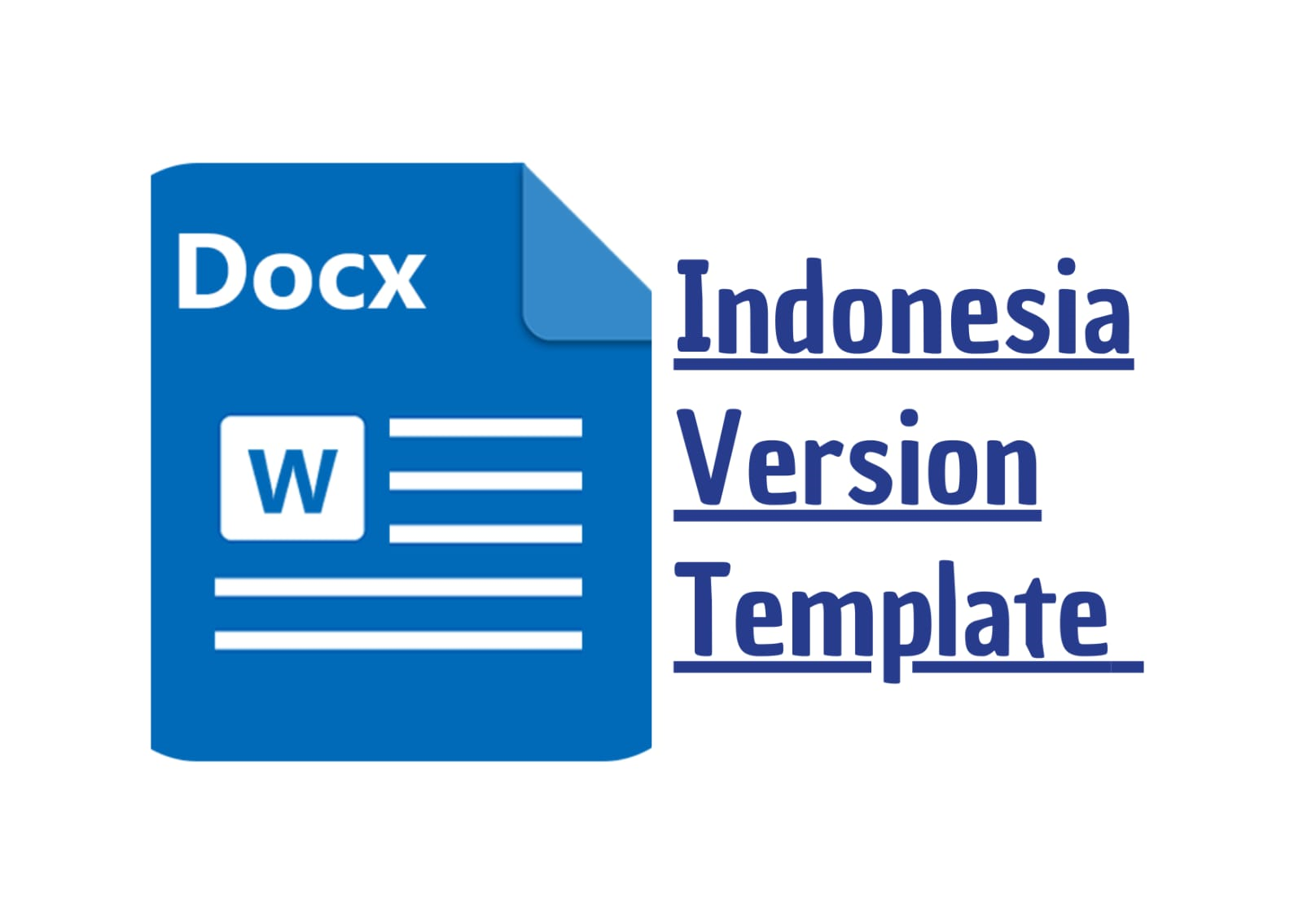The Use of Instagram as A Media for Learning Simple Present Tense of The Eighth-Grade Students of SMP N 3 Palembang in The 4.0 Era
DOI:
https://doi.org/10.56799/jim.v2i1.1213Keywords:
Instagram, Simpla Present Tense, English subjectAbstract
In the pandemic era, all learning processes are transferred online using digital learning media. Learning media can be easily found by utilizing the digital era 4.0, one of which is the use of social media Instagram as a learning medium for teachers and students who can motivate and entertain students while studying. This research identified two problems: the significant improvement of the eighth-grade students at SMP N 3 Palembang and the significant mean difference between students who learned simple present tense by using social media Instagram as a medium for learning and who were not. This research was the quantitative method. The sample in this study was selected by purposive sampling method. The experimental and control groups were given a pre-test and a post-test to collect data. The findings of this research revealed that there was a significant improvement for the experimental class of 19.33 while for the control was only 3.57. It can be said that the research results from these two groups are the null hypothesis (Ho) was rejected and the alternative hypothesis (Ha) was accepted. As a result, in the digital era, teachers can use Instagram as one of the learning media for students.
Downloads
References
Apolonio, J. A. (2021). Need Analysis Chalanges and Teaching Strategies in English Grammar Learning. Philippines University.
Arsyad, A. (2014). Media Pembelajaran. Jakarta: PT. Raja Grafindo Persada.
Bagadia, P. & Bansal, A. (2016). Risk Perception and Adoption of Mobile Banking Services: A Review, 52-64.
Betty, S. A. (2006). Understanding and Using English Grammar 3rd Edition. New York: Pearson Education.
Bryan, L. (2020). Grammar & Punctuation - Usborne Lift-the-Flap. London: Usborne Publishing.
Coghill, J., & Stacy, M. (2003). Cliffs Study Solver English Grammar. John Wiley & Sons: Cliffs Notes.
Creswell, J. W. (2014). Research Design: Qualitative, Quantitative and Mixed Methods Approaches (4th ed.). Thousand Oaks, CA: Sage.
Creswell, J.W. (2012). Educational Research: Planning, Conducting, and Evaluting Quantitative and Qualitive Research 4th Edition. Boston: Pearson.
Febri, T. and Teofilus. (2020). SPSS Aplikasi pada Penelitian Manajemen Bisnis. Bandung:Penerbit Media Sains Indonesia.
Gilakjani, A. O. (2013). Factors Contributing to Teacher’s Use of Computer Technology in The Classroom. Universal Journal of Educational Research, 1(3), 262—267. DOI:10.13189/ujer.2013.010317
Gunawan, T. and Yusniaty, G. (2021). Masalah Yang Dihadapi Pelajar Bahasa Inggris Dalam Memahami Pelajaran Bahasa Inggris. Dialekt. J. Bahasa, Sastra Dan Budaya, 8(1), 30–41. doi: 10.33541/dia.v8i1.3110.
Hamka. (2015). Tasawuf Modern. Jakarta: Republika Penerbit.
Harmer, J. (2006). The Practice of Language Teaching. Pearson Education. Limited.
Hujair, A. S. (2013). Media Pembelajaran Interaktif-Inovatif. Yogyakarta: Kaukaba DIpantara.
Imlawi, J. M. (2013). Improving Student Engagement Using Coursed-Based Social Networks. Auraria Library Digital Collections Database.
Instagram Press. (2017).
Mirabolghasemi, M. & Lahad. (2013). Social Networking Intervention for the Enhancement of Students' Social Presence in Relation to Statisfication and Perceived Learning. International Journal, 233-242.
Mohammed, R. F. (2013). The effectiveness of using subtitled video to teach grammar.
Musonera, E. (2018). Journal of the International Academy for Case Sudies. Mercer University.
Nugraheni, F. (2017). Teachers’ Techniques for Developing Students’. Universitas Muhammadiyah Surakarta.
Pachina, E. (2019). The Importance of Learning Grammar. Toefl Course.
Ractham, P., Kaewkitipong, L. and Firpo, D. (2012). The Use of Facebook in an Introductory MIS Course: Social Constructivist Learning Environment. Decision Sciences Journal of Innovative Education, 10(2), 165-188.
Reiser, Robert, A. and Dempsey, J. V. (2012). Trends and Issues in Instructional Design and Technology. New York: Pearson.
Statista. (2022, February 8). Number of Monthly Active Instagram Users from 2013- 2021. Retrieved from Statista: https://www.statista.com/statistics/253577/number-of-monthly-active-Instagram-users/
Sugiyono. (2016). Metode Penelitian Kuantitatif, Kualitatif dan R&D. Bandung: PT Alfabet.
Swan, M. (2005). Practical English Usage 3rd Edition. Oxford: Oxford University Press.
Tondeur, J., Braak, J. V. and Valcke, M. (2007). Curricula and the Use of ICT in Education: Two World Apart. British Journal of Educational Technology, 38(6), 962-976.
Yudianto, A. (2017). PENERAPAN VIDEO SEBAGAI MEDIA PEMBELAJARAN. In: Seminar Nasional Pendidikan 2017, 09 Agustus 2017, Sukabumi.
Zafarani, P., & Kabgani, S. (2014). Summarization strategy training and reading comprehension of Iranian ESP learners. Procedia-Social and Behavioral Sciences, 98, 1959-1965.
Zyainuri, M. &. (2012). Implementation of English Learning for Students of Electronics Engineering in SMK Negeri 5 Banjarmasin Joining the Industrial Work Practicum. Vocational Education Journal, 410-426.
Downloads
Published
How to Cite
Issue
Section
License
Copyright (c) 2022 Wulandari Octaviani, Nike Angraini, Badriyah Ulfah

This work is licensed under a Creative Commons Attribution 4.0 International License.




















